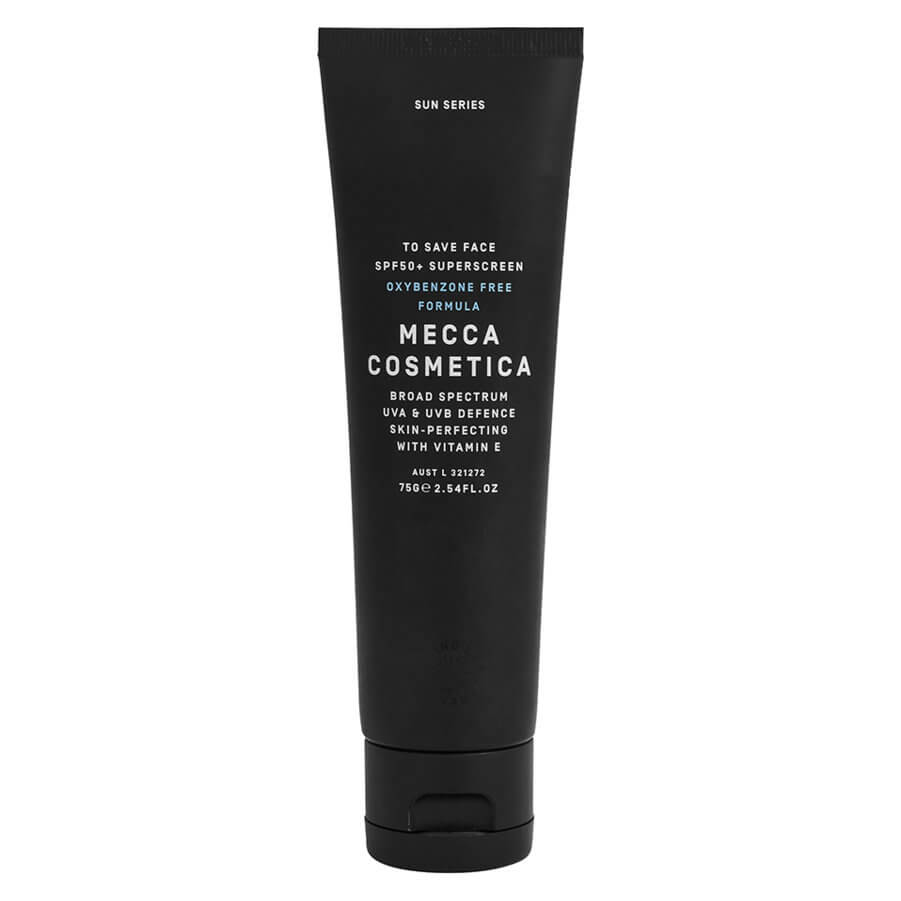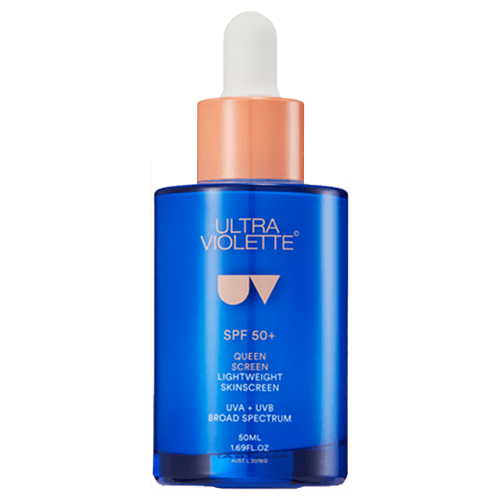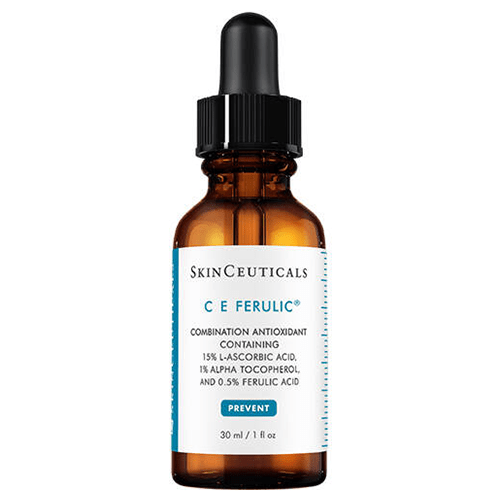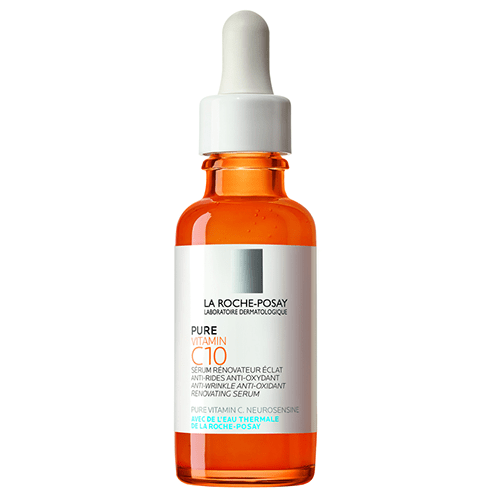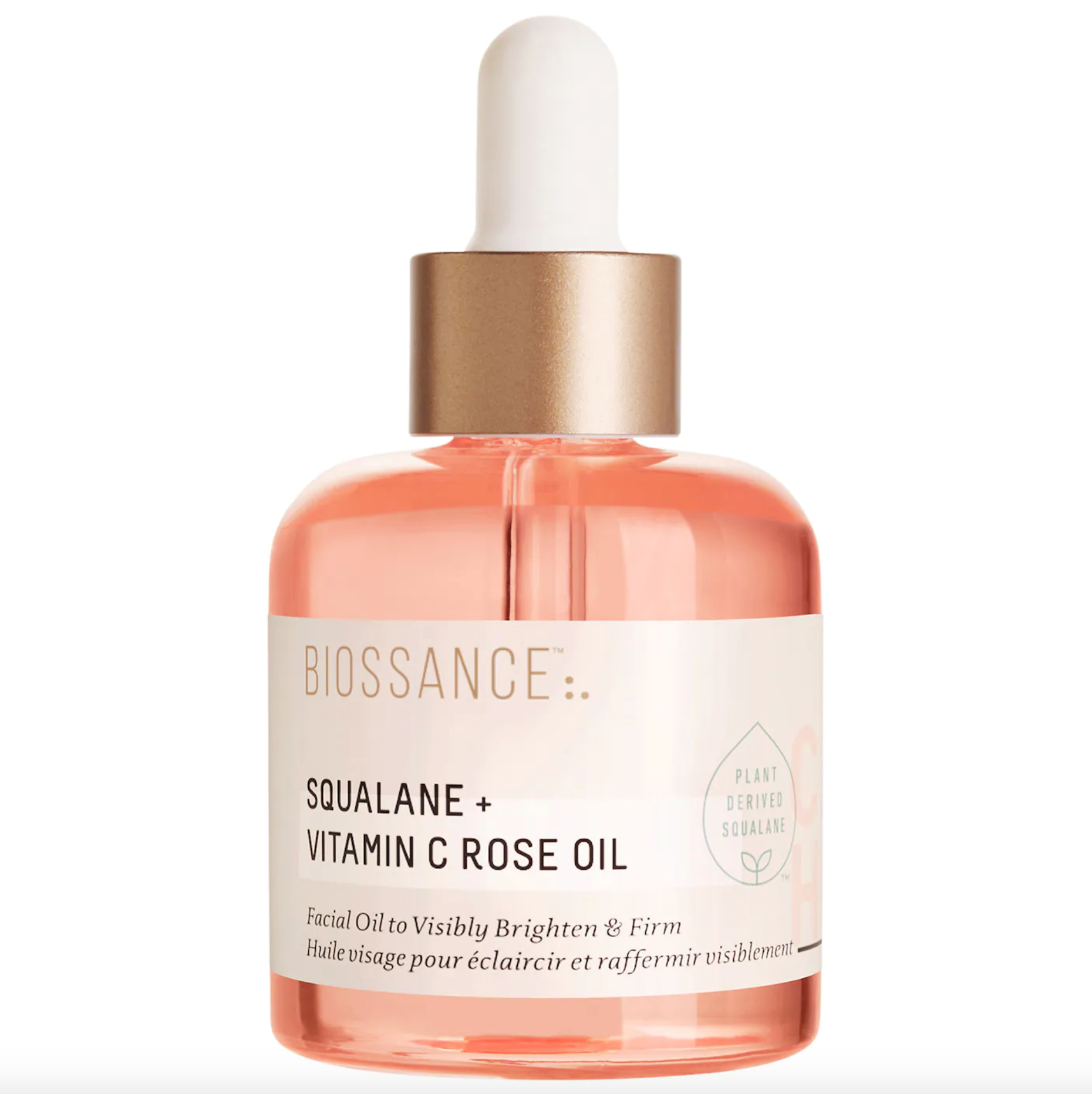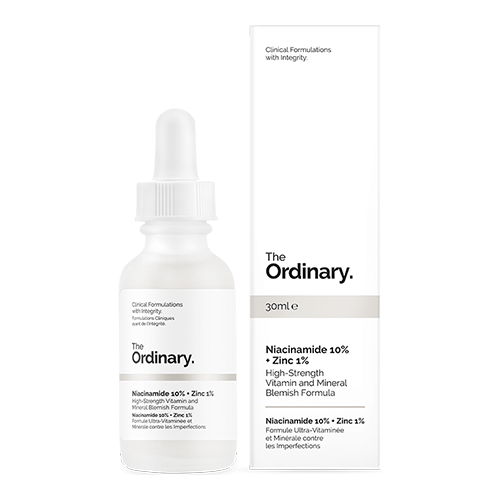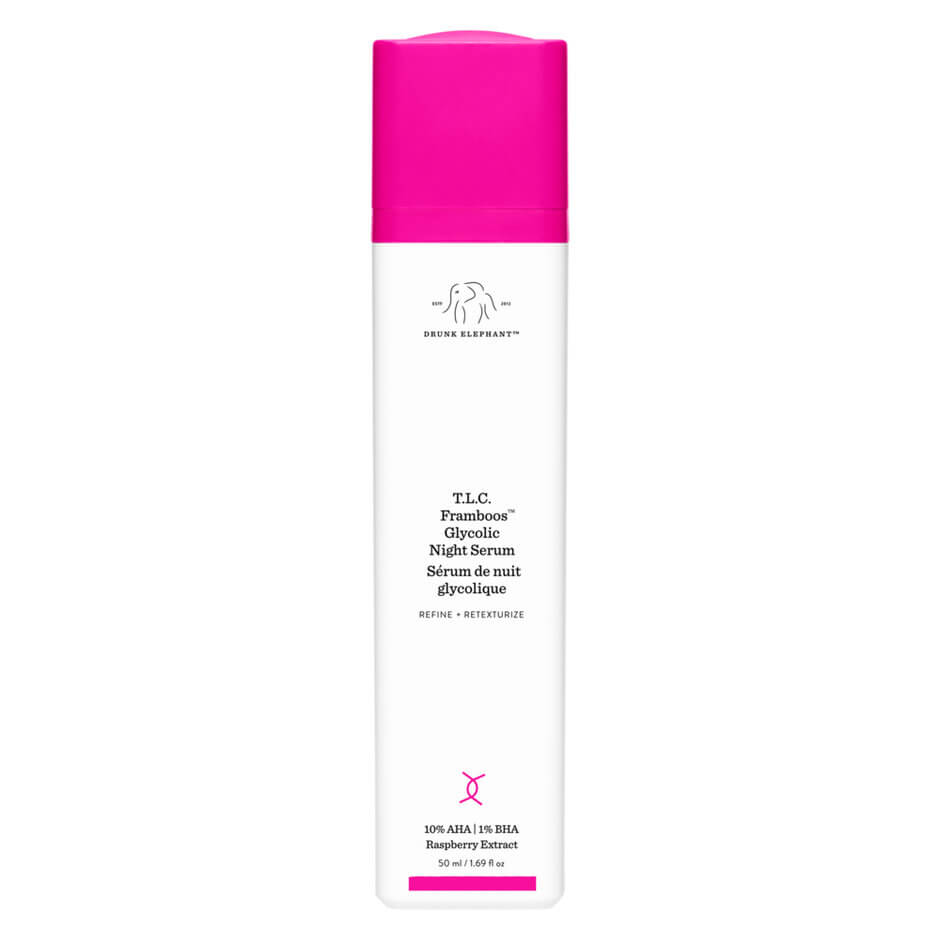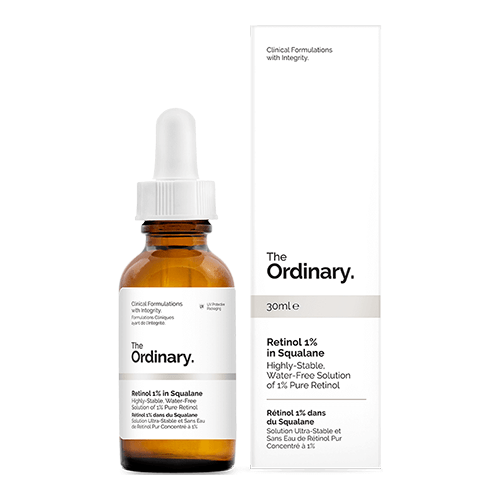At Refinery29 Australia, we’re here to help you navigate this overwhelming world of stuff. All of our picks are independently selected and curated by the editorial team, but we may earn commission or other compensation from the links on this page.
Whether due to genetics, sun damage, or serial spot picking (guilty), hyperpigmentation and scarring can affect anyone. And just like acne, its presence can have a huge impact on us emotionally.
But where we can often chalk our skin changes to our lifestyle/habits, hormonal hyperpigmentation, aka melasma, is a different story. We’ve asked skin specialist Dr Michelle Squire, founder of Qr8 Mediskin, to explain what it is, what causes it, and how to treat it.
AdvertisementADVERTISEMENT
What is hyperpigmentation?
‘Hyperpigmentation’ is a broad term that refers to an overproduction of melanin — the thing that causes the colour in our skin, hair and eyes. On a more technical note, Dr Squire explains how it develops in our skin. “Melanin is made of two substances produced by specialised cells called melanocytes. Its job is to protect our skin by absorbing ultraviolet (UV) radiation, which, in turn, prevents free radicals forming and damaging skin cells and proteins (which cause collagen loss and skin cancers),” she says. Melanocytes package and transfer pockets of melanin to surrounding skin cells, causing the visible dark spots we see on our skin’s surface.
What causes hyperpigmentation?
This answer is complicated, as there are a few types of hyperpigmentation that can be triggered by different internal and external factors. The most common cause of hyperpigmentation that Dr Squire comes across in her work is due to UV rays from the sun. Exposure to UV rays stimulates melanin production, leading to more of it being distributed to our skin cells.
Another common cause is inflammation, which is known as post-inflammatory hyperpigmentation (PIH). According to Squire, “PIH is the dark marks left behind after skin trauma (injury or inflammation), particularly in people with darker or olive skin tones. It results from a local overproduction of melanin and appears as dark spots/patches in the same area as the healed injury.” She also notes that exposure to UV rays can make PIH darken further — just another reason to slather on that SPF!
AdvertisementADVERTISEMENT
But what is hormonal hyperpigmentation?
Also known as ‘melasma’, hormonal hyperpigmentation refers to the patches of discolouration that appear on sun-exposed areas of the face and neck (and sometimes the chest and arms). It is more common in people with darker skin tones, and can be hereditary.
So how do you spot the difference? “Unlike other forms of hyperpigmentation which appear as random spots or freckles, melasma often (but not always) appears in symmetrical patterns — most commonly down the centre of the face, on the forehead, cheeks, upper lip (the dreaded ‘sun-stache’), nose and chin,” explains Dr Squire.
The bad news is that the exact cause of melasma is still a bit of a mystery. UV rays and blue light (from the sun, not your tech screens) exacerbate the appearance of patches, but hormones are the real culprits here. That's why people often experience it when pregnant or while taking oral contraceptives. Another myth that should be thoroughly shrugged off is that its appearance is worsened by heat. There is no evidence to support this so fear not!
Many people who experience melasma will find that there is no 'forever fix', as Dr Squire confirms. “Because melasma is so exquisitely sensitive to sunlight, it often recurs after fading treatments, even with diligent sun protection. Because of this, melasma is considered a chronic skin disorder, and there is no permanent cure. But it can be managed!”
What about darker skin tones?
“The melanin in darker skin gives it a natural SPF, so the darker your skin, the better your protection against sun damage,” says Dr Squire, adding that this isn't always positive. “There’s a downside — more melanin means your skin is more prone to PIH and hormonal pigmentation. So although melanin-rich skin types don’t have the same issues with UV-induced skin aging, it’s a myth that people with these skin types don’t need to wear sunscreen or use sun protection!”
AdvertisementADVERTISEMENT
Deeper skin tones are also more prone to post-inflammatory hyperpigmentation following fading treatments, so using SPF and avoiding direct sun post-skin treatments are non-negotiable.
What are the best products to treat hormonal hyperpigmentation (melasma)?
This one is six-fold, as there are quite a few routes you can take to approach treatment.
The first (and most important) product to keep in your arsenal is SPF. Do we need to spout on about the wonders of SPF? Probably not, but there’s no point in investing in any kind of brightening or spot-fading product or pricey treatment if you don’t use the right amount of SPF to prevent any further darkening.
Other preventative options include looking for products with ingredients that reduce the melanin synthesis process (inhibitors — hydroquinone, arbutin, azelaic acid, kojic acid, resorcinol, retinoic acid) and block the transfer process (niacinamide, tranexamic acid). Additionally, antioxidants and anti-inflammatories, such as vitamin C/E, azelaic acid, resorcinol, and kojic acid, are commonly used to enhance the skin’s own protection measures, as well as blue-light blockers such as iron oxide.
For ingredients that work to fade existing spots, you’re going to want to look for retinoic acid (also known as vitamin A), as well as other exfoliants — both chemical (lactic acid, salicylic acid and glycolic acid) and physical.
When shopping for the right product, Squire urges that the efficacy of these ingredients all boils down to their concentrations. “For example, azelaic acid is often touted as a depigmenting agent, but it needs to be applied twice daily at 20% concentration (for at least 12 weeks) to rival the effects of 4% hydroquinone.”
AdvertisementADVERTISEMENT
And above all, always seek out personalised advice when you can. “Many of these ingredients, when used at the effective concentration, have the potential to irritate the skin. So if you’re really serious about targeting pigmentation, professional advice and supervision are paramount.”
What are the best treatments for hormonal pigmentation (melasma)?
If you're trying to treat deeper, years-old scars and marks, over-the-counter products may not cut it. For this, Dr Squire recommends a few in-clinic treatments that will help with both fading marks and arming your skin with the juice it needs to prevent further damage.
Dr Squire recommends a mix of peels, lights and lasers. “They all work in different ways to target and remove the pigmented component of skin, rather than managing the melanin production process.” It's worth noting that these often involve some downtime, and, of course, plenty of SPF to maintain results.
Peels involve chemical exfoliants that work to shed dead skin and promote healthy cell turnover. These are great for more new and surface-level spots. Light therapies are non-invasive and penetrate deep into the dermis to target issues like acne and sun damage. Lastly, laser treatments utilise heat to promote skin tissue healing and boost the production of collagen and elastin.
What are the misconceptions around melasma and hyperpigmentation treatments?
"The biggest misconception we see is that once pigment has faded, the job is done. This couldn’t be further from the truth," explains Squire. "Fading is typically the easiest part of the process — preventing pigment reoccurrence is the hard part!"
This is why Squire insists you are wasting your time, energy and funds with any pigmentation treatment unless you manage the major trigger: UV exposure. Unprotected exposure to the sun triggers the appearance, worsening and persistence of melasma and hyperpigmentation.
So, in case we didn't say it enough, WEAR SPF.
AdvertisementADVERTISEMENT







